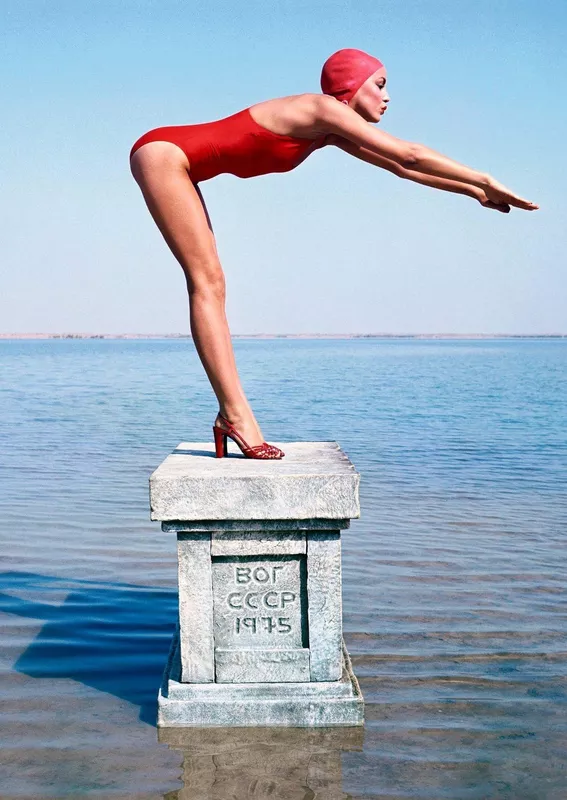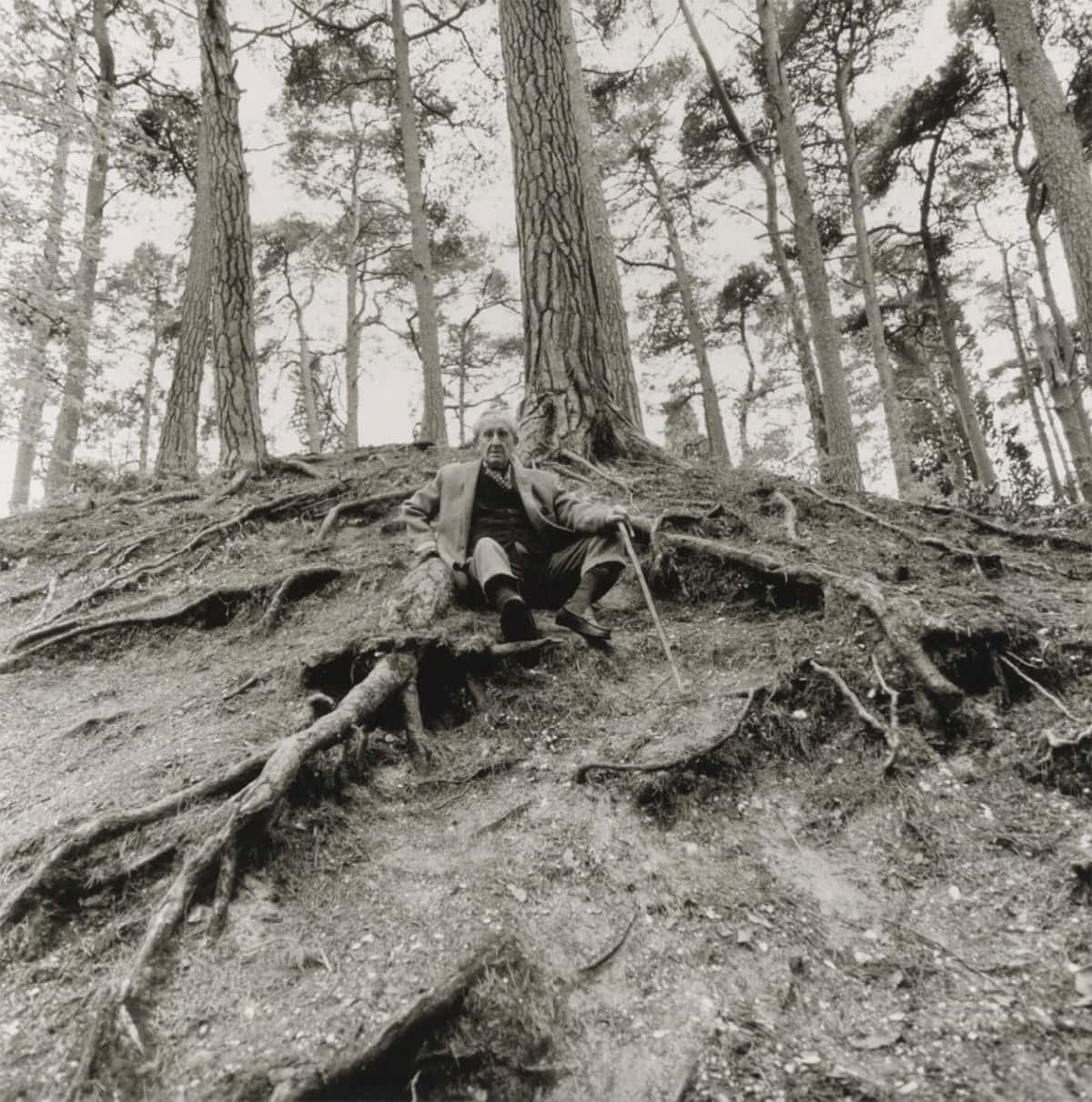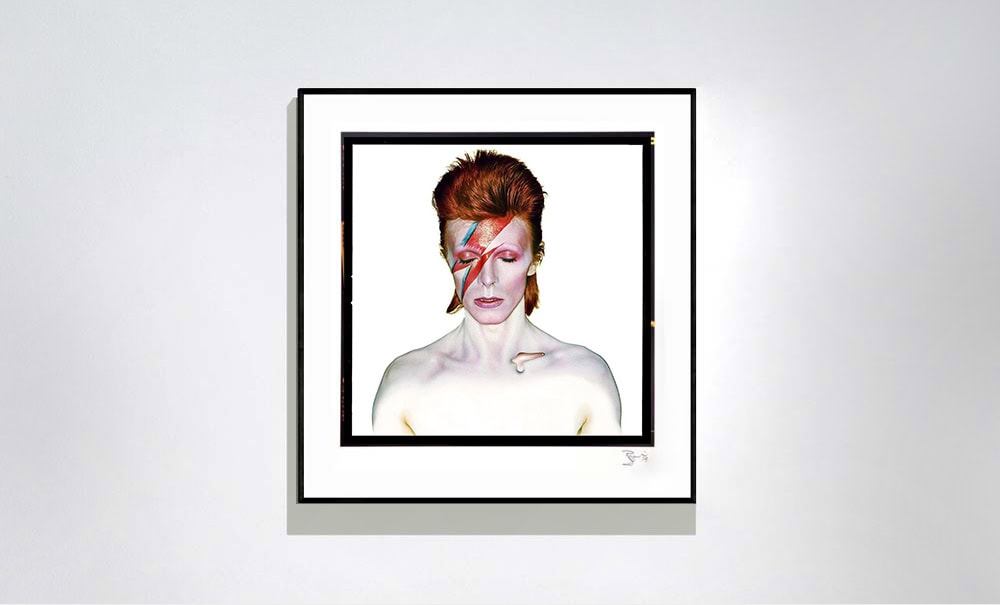Norman Parkinson: After Von Dongen

Heralded as a true innovator of fashion and portrait photography, Norman Parkinson preferred to shoot models in dynamic outdoor settings, freeing his subjects from the rigid lights and stuffy confines of the studio. Parkinson’s photographs were impulsive, vibrant, and modern. He preferred to shoot in natural light, pioneering a technique known as ‘action realism’ which is still utilised today. Parkinson’s daring strides revolutionised 20th century photography and skyrocketed his career, and he went on to shoot countless celebrities, artists, politicians, and the British royal family.
‘After Van Dongen, 1959’, one of Parkinson’s iconic images, references a painting titled ‘The Corn Poppy, 1919’ by the Dutch-French Fauvist, Kees Van Dongen. Fauvism flourished during the early 1900s, characterised by a use of saturated colour, wild brush work, and simplistic, abstracted subject matter. Within his work, Van Dongen himself had a reputation for sensuous, garish portraits of women, choosing to focus on the extravagant aspects of local nightlife. By 1919, Van Dongen was in favour with the French bourgeoisie, where he found his portraits in high demand. Speaking of his newfound, lucrative popularity, the artist claimed “the essential thing is to elongate the women and especially to make them slim. After that it just remains to enlarge their jewels. They are ravished”.
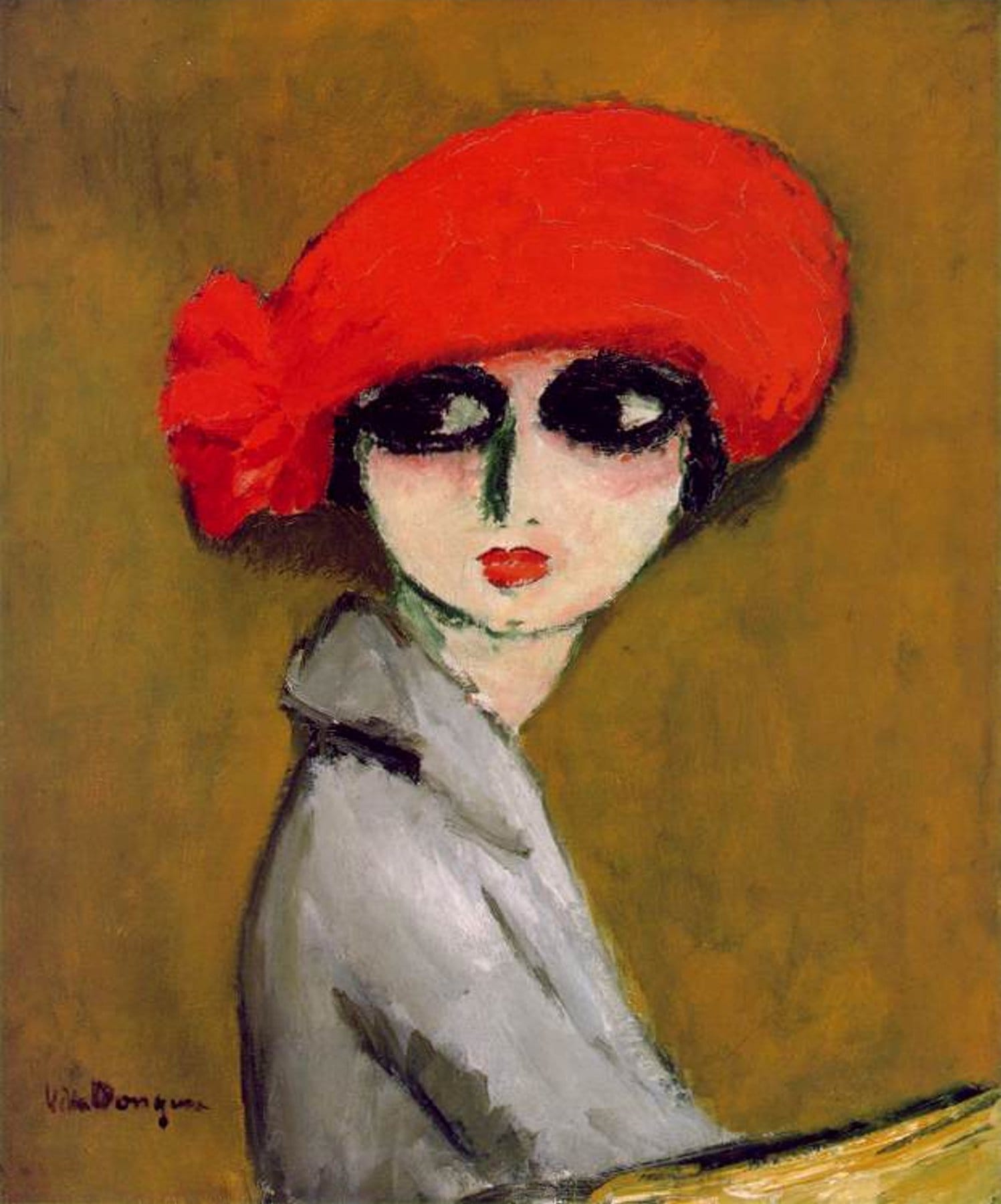
It was during this period of popularity that Van Dongen produced The Corn Poppy. Set against an austere ochre background, the painting depicts the upper torso of a slimly built, elegant woman. Her head is bestrewn by a vibrantly coloured red hat, almost swallowing her slender figure, mimicking the slash of red lipstick across her face. She peers backwards, her black-rimmed eyes guileless and wide, carrying within them a morose intensity. Against the weight of the curiously large hat, the anonymous woman appears diffident, somewhat self-effacing. Yet, she remains simultaneously dignified, poised, and indulgent in her glamour.
With his keen and skillful eye, Parkinson adapts Van Dongen’s melancholic painting, transforming the image into a powerful fashion portrait. The similarities between Van Dongen’s painting and Parkinson’s photograph are abundant. Parkinson establishes the same watchful gaze, pale skin, and striking red hat as that of Van Dongen’s image. The photographer, however, elevates the image, adding his own modern flair. Instead of focussing the attention on his model, Parkinson leaves the foreground hazy, preferring to showcase an intricately decorated fabric backdrop. The backdrop comprises a hypnotic swirl of concentric circles, laid beside woven flowers. Streaks of red appear within the fabric, pooling at the bottom right of the composition; a crimson echo reflecting the model’s hat and lips once again. Strengthening his image with an avant garde foundation, Parkinson creates a photograph both forward-thinking and entrenched with a Fauvist vigour.
FeaturedNorman Parkinson
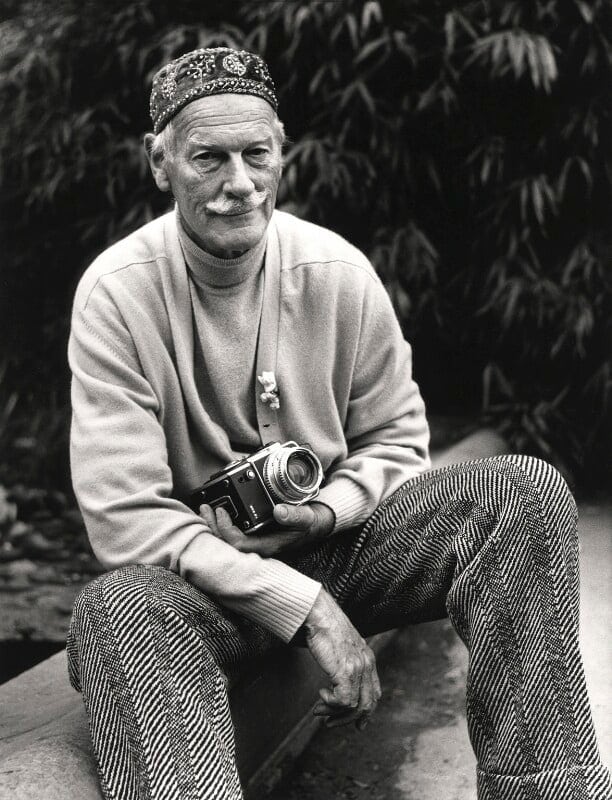

The ArtistBritish photographer Norman Parkinson (1913-1990) was one of the most celebrated fashion photographers of the twentieth century. He worked for a wide range of publications, notably Harper’s Bazaar, Vogue, Queen, Town & Country, which brought him worldwide recognition. During his sixty-year career, Parkinson reinvented fashion photography, as well as himself. Starting from his spontaneous images of the 1930s, through the war years, the glamorous ‘50s and the swinging ‘60s, to the exotic locations of the 1970s and 1980s. By the end of his life, he had become a household name, the recipient of a CBE, Honorary Fellow of the Royal Photographic Society, and the subject of a large-scale retrospective at the National Portrait Gallery in London.



